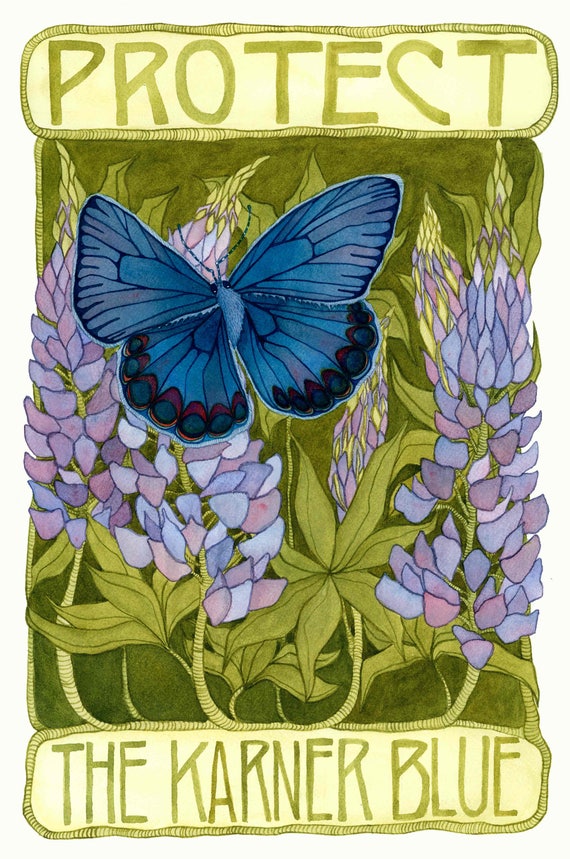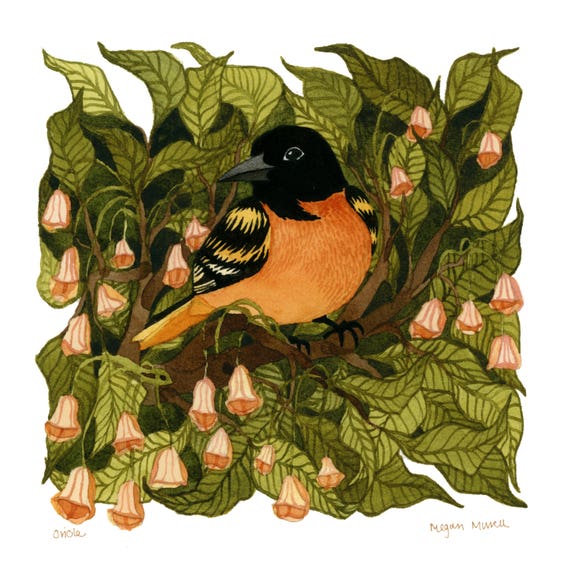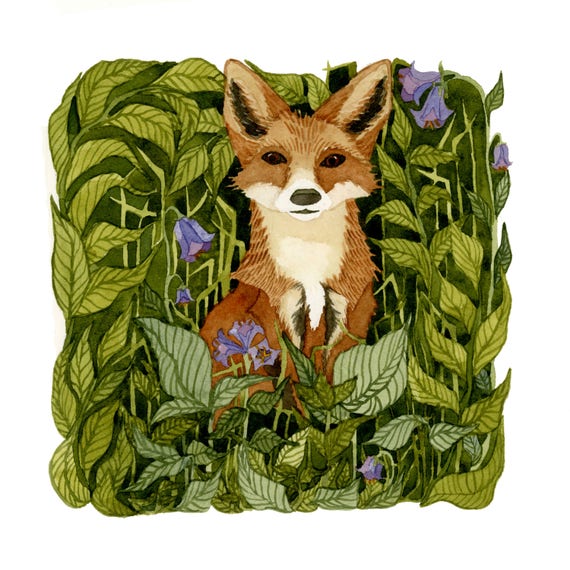Allan Water’s wide and deep,
And my dear Annie’s very bonnie.
 Just imagine if you were the first beavers back in Scotland. Everywhere you travel is new territory to be discovered and apart for some otters and anglers you needn’t share with anyone else. No competition for food or resources, no territories to defend. Just miles and miles of curving streams for you to uncover at your own pace.
Just imagine if you were the first beavers back in Scotland. Everywhere you travel is new territory to be discovered and apart for some otters and anglers you needn’t share with anyone else. No competition for food or resources, no territories to defend. Just miles and miles of curving streams for you to uncover at your own pace.
That’s what it must be like for the lucky beavers who avoid the angry farmer’s shotguns and get to explore in Scotland, a huge empty department store where they can roam freely at night like a flat-tailed Corduroy.. It is easy to see how they were able to travel some 70 miles from the River Tay to the River Allan to the river Teith to the river Fourth and finally Stirling.

Stirling fishermen claim beavers have returned to the River Forth
Stirling fishermen believe that beavers have returned to the Forth and its tributaries, the Teith and Allan Water. Tree stumps which appear to have been gnawed have been seen on the banks of the Allan Water near Cornton in recent weeks.
According to accounts of the time the animals had been common in parts of the country, particularly around the Loch Ness area.
Seventy-year-old Stirling salmon angler John Hunter, who has been fishing on the Forth since he was aged 10, said this week he has seen evidence of the animals on the Allan Water near Cornton.
He said: “I’m usually on the Forth every day fishing near Cruive Dykes. I first noticed fallen trees a few weeks ago and the stumps. There had been rumours circulating among fishermen about beavers in the area for quite a while, but this is the first time I have seen evidence with my own eyes. I’ve heard from fishermen there are beavers on the Forth and Teith further west.

Now of course we’ve all heard claims of “it’s a beaver!” only to find out it was actually a muskrat or broomstick so I was, of course, skeptical. Until I saw this and realized he was probably right. Beavers in Stirling. Beavers on the march. Ready or not, here beavers come.
“You can see that the trees have fallen after having been gnawed away. I’ve not seen a beaver yet, but this looks very much like the work of beavers to me. It would be great if they are there. They were driven to extinction by man after all. It’s great to think they are back in our rivers and close to Stirling.”
Stirling Observer nature correspondent Keith Graham said: “I would imagine that there are beavers on the Forth. I have heard they are on the Teith and I wouldn’t be surprised to find them in other tributaries of the Forth as well.

“There is a big debate on whether they are beneficial or not. The farming community tends to think that they cause too much damage – they can flood fields when they build their dams. However, overall I think they do good.”
Spoken like a wise man! You are right, beavers will do good for all your fourths and fens. I’m envious really, of both the beavers who get to explore your beautiful countryside, and the people who get to discover them.
Looking at the ancient lyrics about Allan Waters being deep and wide, it’s not hard to see how it evolved into this tune eventually. I would wish these beavers luck, but of course they are hardy souls who make their own wherever they go.


 Just a few days ago I wrote about it being the end of February which was the deadline for Wildlife Services to submit their preliminary report on whether killing beavers harmed salmon. If they agreed there were questions it would submit to undertake a formal assessment on the matter. I’ll let
Just a few days ago I wrote about it being the end of February which was the deadline for Wildlife Services to submit their preliminary report on whether killing beavers harmed salmon. If they agreed there were questions it would submit to undertake a formal assessment on the matter. I’ll let  To no one’s surprise, February 28 came and went with no report from Wildlife Services. Meaning they decided not to decide. And for the time remain in beaver-killing limbo. Obviously there were no ‘right answers’ to the question they wanted to hear. Kind of like when you father asks you at midnight if you know exactly what time your curfew is, young lady.
To no one’s surprise, February 28 came and went with no report from Wildlife Services. Meaning they decided not to decide. And for the time remain in beaver-killing limbo. Obviously there were no ‘right answers’ to the question they wanted to hear. Kind of like when you father asks you at midnight if you know exactly what time your curfew is, young lady. The next move to make is for the good guys to say TIME’S UP! We waited long enough for your input and now you just have to follow ours. Or let the judge tell you what to do. Maybe step in and impose some kind of fine or sanction for their failure to act and that will require them financially to move forward.
The next move to make is for the good guys to say TIME’S UP! We waited long enough for your input and now you just have to follow ours. Or let the judge tell you what to do. Maybe step in and impose some kind of fine or sanction for their failure to act and that will require them financially to move forward. 








 MONROE —
MONROE —  But the plan has received backlash from a number of Monroe residents. Longtime Monroe resident Sharon Scheer started an online petition called “BEAVERS LIVES MATTER!,” which as of Thursday, had more than 470 signatures
But the plan has received backlash from a number of Monroe residents. Longtime Monroe resident Sharon Scheer started an online petition called “BEAVERS LIVES MATTER!,” which as of Thursday, had more than 470 signatures  Local trapper Bill Abercrombie has been trapping in Alberta for nearly 50 years. His company is regularly hired by the city to remove beavers where they are causing problems.
Local trapper Bill Abercrombie has been trapping in Alberta for nearly 50 years. His company is regularly hired by the city to remove beavers where they are causing problems.
 Until now, efforts to demolish the dams have failed as the resident animals simply rebuild them.RSPB
Until now, efforts to demolish the dams have failed as the resident animals simply rebuild them.RSPB 





































